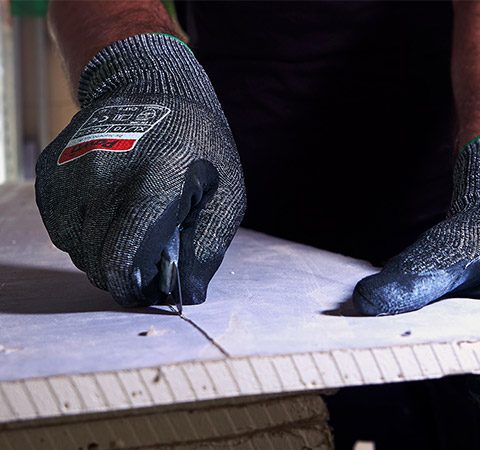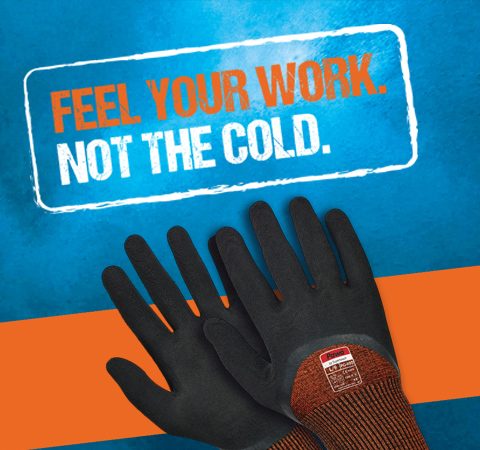The way that safety gloves are tested has changed over time. In part, this is due to the increased importance placed on the health and safety of employees, but it is also a reflection of improving hand protection technology. For those tasked with providing high cut resistant gloves, it’s important to familiarise yourself with how the testing works. This will help you to ensure that the optimum protection is specified.
Here are 3 cut testing facts you should know about:
The TDM - 100 Straight Blade Test
This is the one that got everyone talking. Introduced in the 2016 update to the EN 388 standard, it was brought in to provide a more ‘real world’ test for protective gloves. Over the last decade, anti-cut fibre technology has advanced to the point where the blade used in the original coupe test was being blunted, leading to inconsistent results.
The updated test measures the amount of force required for a new, straight blade to cut through the glove liner material at a constant speed of 2.5mm/s over a distance of 20mm. It illustrates the results in letter form - F being the highest and A being the lowest. You can check out our blog with all the cut resistant gloves levels explained
here.
Who does the testing?
Testing for cut resistant gloves should be carried out by an independent, UKAS (United Kingdom Accreditation Service) testing lab. There are a range of accredited labs, including TUV, SATRA, Intertek, SGS, and CTC.
These certificates are freely available to view and download on our website, to help provide peace of mind that gloves have been tested rigorously and fairly.
More than just cut
There’s more to mechanical resistance than just cut protection. The EN388:2016 standard also covers abrasion, tear, impact, and puncture. This is where it is important to carry out an audit of the type of tasks, and therefore hazards, an operator is likely to encounter in their day-to-day job.
For example,
construction site cut resistant gloves will need to protect against different types of hazards compared with a sheet metal worker, or an operator in a
food processing facility. Looking at the various ratings that a cut resistant glove achieves in a test is the best way to ensure adequate protection.
Finally…
There’s so much more to safety gloves than simply understanding the tests. Check out our
other blogs to make sure you are getting the best cut resistant gloves.




